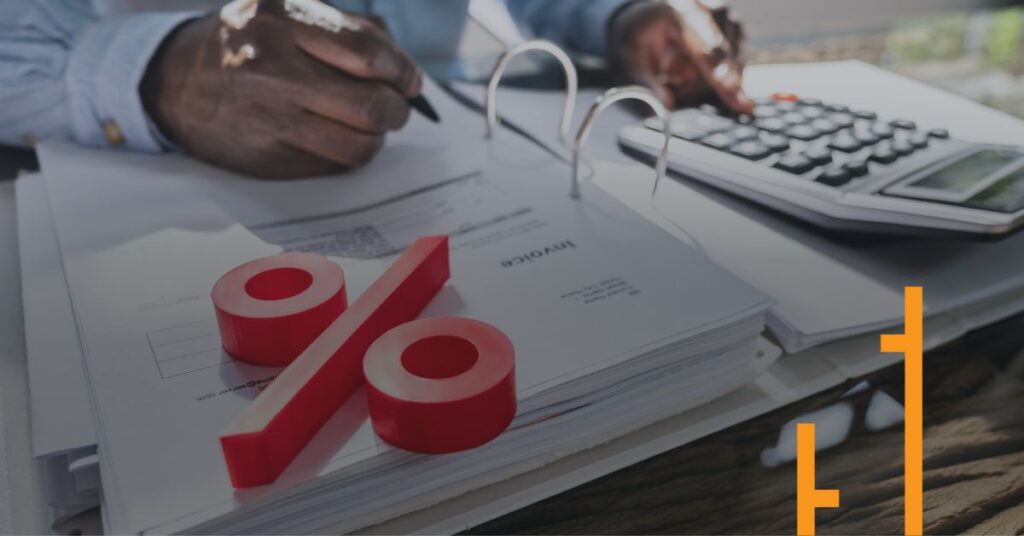
One Simple Step to Avoid Financial Disaster
How to avoid financial disaster? There is one element that determines whether you will be a successful trader or a failure.
Completion of a trade will determine your success.
Exiting positions makes the world of difference.
Anyone can buy a stock, and they do, but most people don’t finish. Finishing things – exiting a position – is what makes progress.
If you close a losing trade, for example, it’s finished. You’re free of it, your mind is free and you can move onto the next one.
But if you have too many trades open, ones that you don’t know how to finish, that are keeping your brain, your emotions and your resources occupied, you’re never really going to make any progress.
The key to success is in the planning. You want to know before you enter a trade exactly how and when you plan to exit. You want to know the end goal, when a trade is finished; good or bad.
Knowing what the finish point looks like makes trading goals easier to achieve.
A lot of people want to know what a company does, what they produce, what their financials are like, the management track record and the prospects in that sector. All of this is important but it doesn’t tell you where the finish line is. And since trade completion is what separates successful traders from perpetual failures, shouldn’t you start thinking about every position you take in terms of exiting?
What does the finish line look like?
Your brain is wired to make you hang onto trades that are working against you. Does your brain tell you “Hang on, the stock price will turn around. It will come good…eventually.” Or “what goes down must come back up again…one day.” HIH didn’t come back up. OneTel didn’t come back up and neither did ABC Learning.
Are you hanging onto a stock like VOC, waiting for it to turn around? Who knows how long that could take or if it will turn around? No one, that’s who.
Understanding the optimal level to maximise profit yet minimise loss is what separates successful traders from the rest.
Talent is a small and inconsequential factor compared to executing and finishing a trade. Completion is the #1 thing most people are missing.
So, why not make 2018 the year of completion? Create a trading plan with rules outlining exactly how you will enter a trade, and more importantly, when you will exit. In your plan set out exactly how many positions you will hold at any one time. A simple way we recommend members of The Chartist’s Growth Portfolio manage their positions is to divide their capital into 20 equal parts. Twenty stocks is manageable and not overwhelming. If you have a smaller account, say under $20,000, then you may want to reduce that number to avoid commission drag.
Set yourself a simple routine each day; check if your stocks have hit your exit criteria. If they have, close the position immediately and enjoy the process of choosing your next stock to buy.
Keep a trading diary; write down how you felt when you bought or sold, what was going through your mind? Did you stick to your plan? If not, why not? If you find you are over-riding your plan more often than not then it’s time to stop and make some changes or seek help from a trusted advisor.
Defining your exit criteria will help improve your trading results and will boost your confidence as a trader.
Best of luck and I hope this is the year you become a successful trader.


